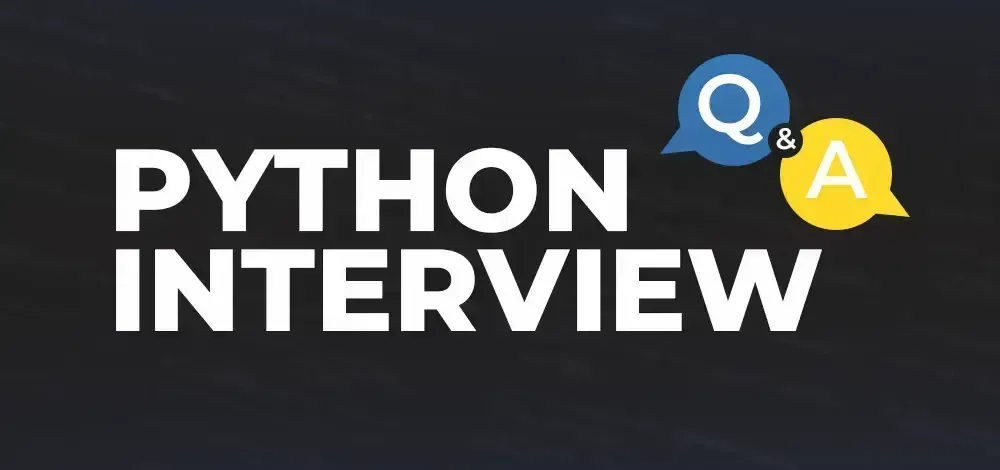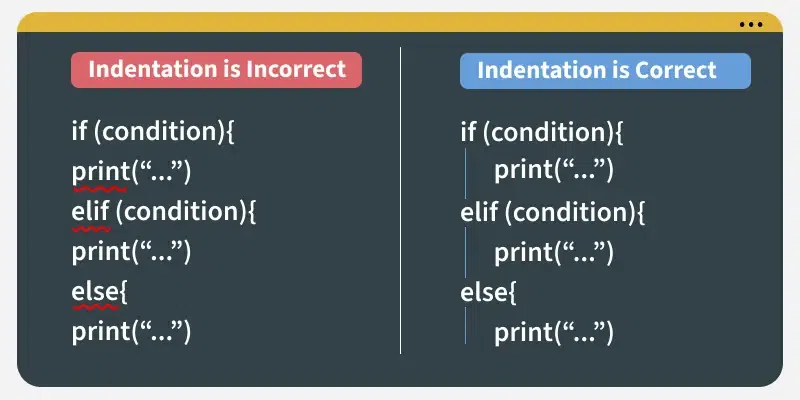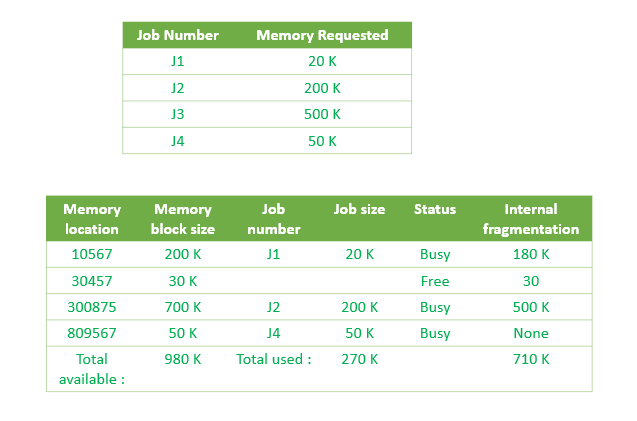
Ace Your Python Interview: Top 50 Questions & Answers for 2025
Are you ready to land your dream job as a Python developer? Python's popularity in top companies like Intel, Netflix, and Spotify makes mastering Python interview questions crucial. This guide presents the top 50 Python interview questions, complete with detailed answers, to help you confidently crack any Python online assessment and interview.
Navigate the Python Interview Landscape:
- Python Interview Questions for Freshers: Essential concepts for entry-level positions.
- Intermediate Python Interview Questions: Deepen your understanding with practical scenarios.
- Advanced Python Interview Questions & Answers: Tackle complex problems and showcase your expertise.
Python Interview Questions for Freshers
1. Is Python Compiled or Interpreted? Understand the Execution Process
Python combines both compilation and interpretation. When you run Python code, the interpreter first compiles your source code (.py files) into bytecode (.pyc files). This bytecode is then executed line-by-line by the Python Virtual Machine (PVM), which acts as an interpreter.
- Compilation: Converts source code to bytecode.
- Interpretation: PVM executes bytecode line-by-line.
2. What Defines a Dynamically Typed Language?
Dynamically typed languages determine the data type of a variable at runtime, unlike statically typed languages where the type is defined during compilation. This flexibility simplifies coding but can sometimes lead to runtime errors. Python and JavaScript are examples of dynamically typed languages.
- Statically Typed: Data type known at compile time (e.g., C++, Java).
- Dynamically Typed: Data type determined at runtime (e.g., Python, JavaScript).
3. Is Indentation Important in Python?
Yes, indentation is crucial in Python. It defines code blocks and improves readability. Correct indentation is essential for the Python interpreter to understand the structure of your code.

- Indentation defines code blocks.
- Enhances code readability.
4. What are Built-in Data Types in Python?
Python offers several built-in data types:
- Numeric: Represents numeric values such as integers, floats, booleans, and complex numbers.
- Sequence Type: Ordered collections like strings, lists, tuples, and ranges.
- Mapping Types: Allows hashable data to be mapped to random objects using dictionaries.
- Set Types: Unordered collections of unique, iterable, and mutable data types.
5. Mutable vs. Immutable Data Types: What's the Difference?
Mutable data types can be modified after creation (e.g., Lists, Dictionaries), while immutable data types cannot (e.g., Strings, Tuples). This distinction affects how variables are handled in memory.
- Mutable: Can be changed after creation (List, Dictionary).
- Immutable: Cannot be changed after creation (String, Tuple).
6. Understanding Variable Scope in Python
The scope of a variable determines where it can be accessed within a program. Python recognizes several types of variable scopes:
- Local variable: Defined within a function; accessible only within that function.
- Global variables: Defined outside any function; accessible throughout the program.
- Module-level scope: Global objects accessible within the current module.
- Outermost scope: Built-in names callable by the program.
7. How to Floor a Number in Python
To round a number down to the nearest integer, use the math.floor() function. This is particularly useful in mathematical and computational contexts.
Output:
3
8. Distinguishing Between / and // in Python
The / operator performs precise division, resulting in a floating-point number. The // operator performs floor division, producing an integer result by discarding the decimal part.
/: Precise division (e.g.,5 / 2 = 2.5).//: Floor division (e.g.,5 // 2 = 2).
9. For Loop vs. While Loop: Choosing the Right Tool
Use a for loop to iterate through collections like lists, tuples, sets, and dictionaries when you know the start and end conditions. Use a while loop when you only have the end conditions.
- For Loop: Iterate through collections with known start and end.
- While Loop: Loop based on end conditions.
10. Can Functions be Passed as Arguments in Python?
Yes, functions can be passed as arguments to other functions in Python because functions are objects. This enables the use of higher-order functions, which take other functions as arguments.
11. What is a Pass Statement in Python?
The pass statement is a null operation or placeholder. Use it when a statement is syntactically required but you don’t want to execute any code.
12. Break, Continue, and Pass: Controlling the Flow
- Break: Terminates the loop or statement.
- Continue: Skips the current iteration and proceeds to the next.
- Pass: Performs no operation; acts as a placeholder.
13. Argument Passing in Python: By Value or By Reference?
Python uses "Pass by Object Reference," which behaves differently based on whether the object is mutable or immutable. Immutable objects act like "pass by value," while mutable objects act like "pass by reference."
Output:
number before= 6
in function value updated to 12
after function num value= 6
list before ['E']
in function list updated to ['E', 'D']
after function list is ['E', 'D']
14. What is a Lambda Function?
A lambda function is an anonymous function that can have any number of parameters but only one statement.
Output:
GEEKSFORGEEKS
15. Dictionaries vs. Lists: Key Differences
Lists are ordered collections accessed by index, while dictionaries are unordered collections of key-value pairs accessed by unique keys. Lists are used for sequential data; dictionaries are used for associative data.
16. List Comprehension: Concise List Creation
List comprehension offers a concise way to create lists by applying an expression to each item in an iterable.
Output:
[4, 9, 16, 25]
17. *args and **kwargs: Handling Variable Arguments
*args: Passes a variable number of non-keyword arguments to a function.**kwargs: Passes a variable number of keyword arguments to a function.
Output:
Hello
Welcome
to
GeeksforGeeks
Output:
s1 == Geeks
s2 == for
s3 == Geeks
18. Sets vs. Dictionaries: Key Differences
Sets are unordered collections with no duplicate elements. Dictionaries store data in key-value pairs.
- Set Example:
my_set = {1, 2, 3} - Dictionary Example:
my_dict = {"a": 1, "b": 2, "c": 3}
19. Concatenating Lists in Python
Use the + operator or the extend() method to concatenate lists.
Output:
[1, 2, 3, 4, 5, 6]
Output:
[1, 2, 3, 4, 5, 6]
20. What is Docstring in Python?
Docstrings are documentation strings used to associate documentation with Python modules, functions, classes, and methods.












